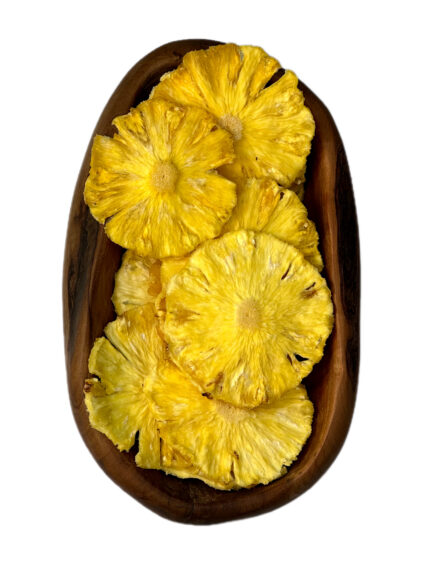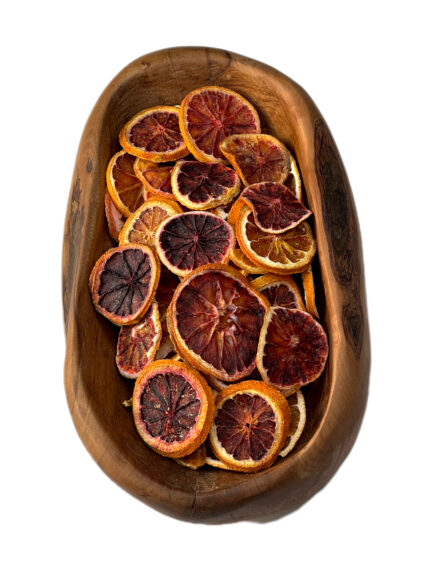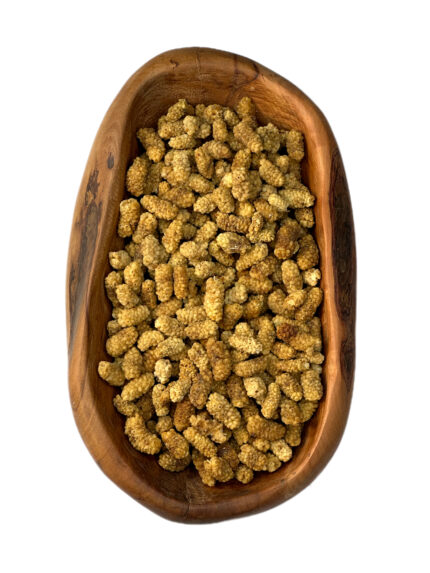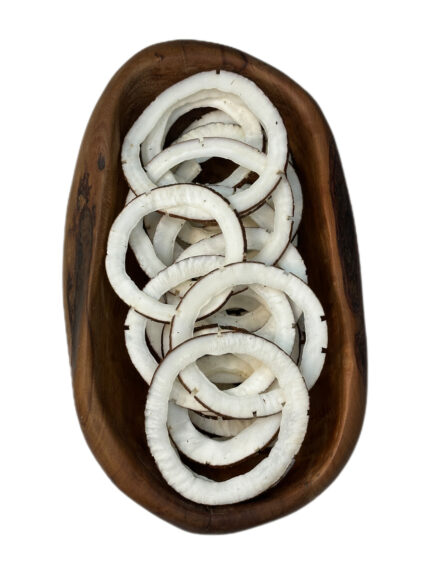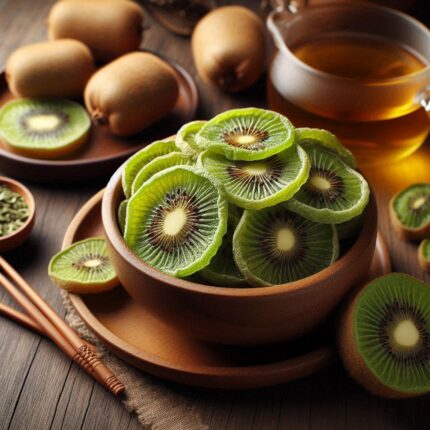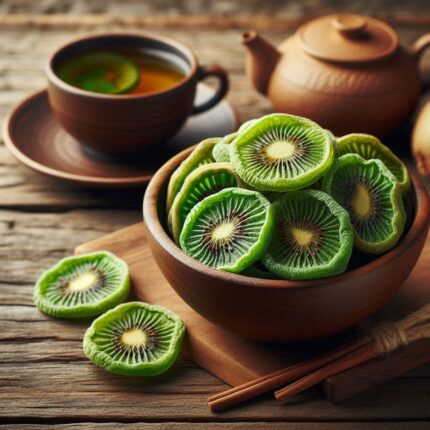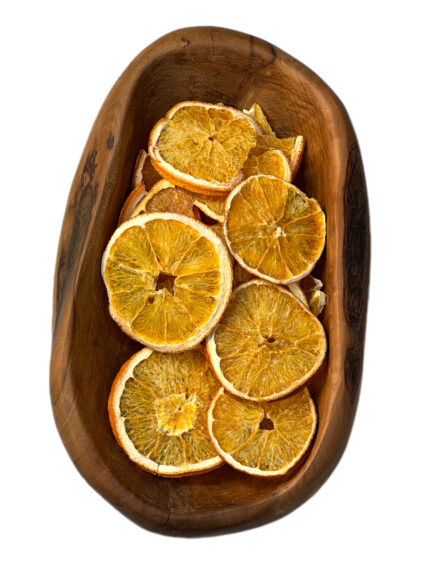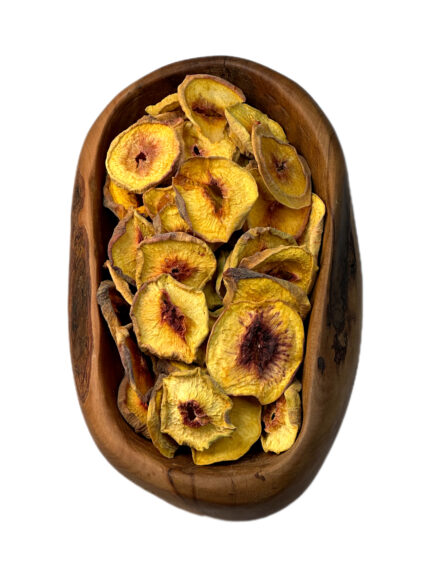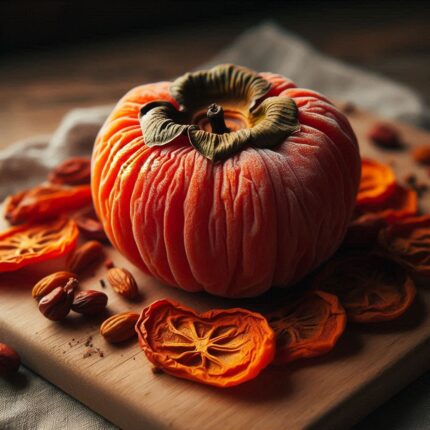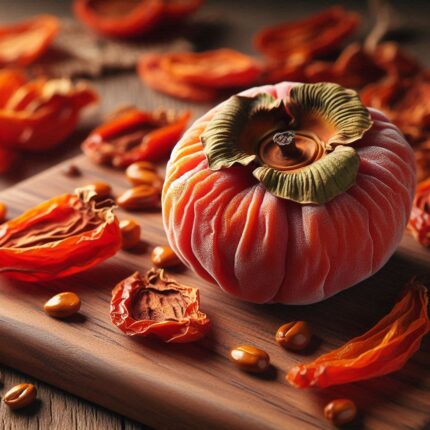Dried quince is cut into slices or small pieces and enjoyed as a healthy snack or added to foods like stews, desserts, and tea.
Uses of Dried Quince:
1. Snacking:
Can be eaten on its own as a natural, nutrient-rich snack.
2. Teas and Infusions:
Often added to hot water to make a flavorful and aromatic tea.
3. Cooking:
Added to some dishes, especially in Middle Eastern and Mediterranean recipes, for its natural flavor.
4. Baking:
Added to bread, cakes, or muffins to give them a natural sweetness and a suitable texture.
Nutritional Benefits:
– Rich in fiber.
– Contains antioxidants and vitamins, especially vitamin C.
– Low in calories and supports a healthy diet.
Applications of Dried Quince in Various Industries:
1. Food and Beverage Industry:
– Teas and Infusions: Dried quince slices are often used to make herbal teas, providing a fruity and mild flavor.
– Snacks: Processed into healthy, chewy snacks by rehydration or coating with honey or spices.
– Desserts and Baked Goods: Used as an ingredient in cakes, muffins, biscuits, or bread to add natural sweetness and flavor.
– Syrups and Jams: Dried quince can be rehydrated and turned into syrup, jam, or preserves.
– Flavoring: Ground into powder and used as a flavoring agent in products like sauces, ice cream, and sweets.
2. Nutritional and Health Products:
– Dietary Supplements: Due to its richness in antioxidants, vitamins, and minerals, it is suitable for producing powders or capsules in the health supplement market.
– Herbal Remedies: Used in traditional medicine for its digestive and anti-inflammatory properties.
3. Alcohol and Beverage Production:
– Quince Liqueur or Wine: Soaked in alcohol to produce flavored liqueurs or used as a flavoring in wine.
– Fermentation Base: Dried quince can be used as a sugar source for producing craft beer or cider.
4. Cosmetics Industry:
– Essential Oils: Extracted oils or infusions made from dried quince can be used in creams, lotions, and shampoos for their aromatic and skin-nourishing properties.
– Scrubs: Dried quince can be ground into powder and used in scrubs for its gentle abrasive quality.
5. Culinary Condiments:
– Spice Blends: Dried and powdered quince can be mixed with spices to create unique seasoning blends.
– Sauces and Chutneys: After rehydration and cooking with spices, it is used to prepare delicious condiments.
6. Animal Feed:
– Pet Treats: Processed into healthy, fruit-based snacks for pets.
– Livestock Feed Additive: Added to animal feed for its nutritional benefits.
7. Crafts and Decorations:
– Potpourri: Dried quince slices are used in decorative potpourri mixes for their beautiful appearance and aromatic properties.
– Candle and Soap Making: Used in candle and soap production for its natural scent or visual appeal.
| Nutrients | Dried Quince (approximately 40 g) | Dried Quince (approximately 60 g) | Dried Quince (approximately 100 g) |
| Calories | 116-120 | 175-180 | 290-320 |
| Total Fat | 0.1-0.2g | 0.2-0.3g | 0.5-1g |
| Saturated Fat | :0g | |0g | |0.1g |
| Cholesterol | 0mg | 0mg | 0mg |
| Sodium | 2-4mg | 3-6mg | 5-10mg |
| Total Carbohydrates | 28-30g | 42-45g | 75-80g |
| Dietary Fiber | 2-2.5g | 3-4g | 6-8g |
| Sugar | 18-20g | 28-30g | 65-70g |
| Protein | 0.4-0.6g | 0.6-1g | 1-2g |

